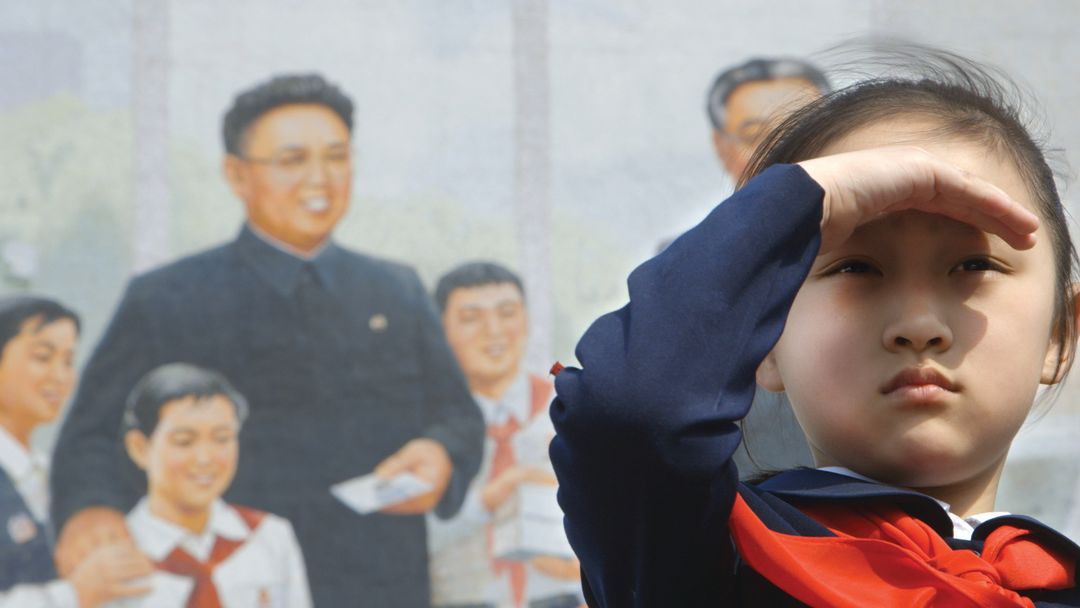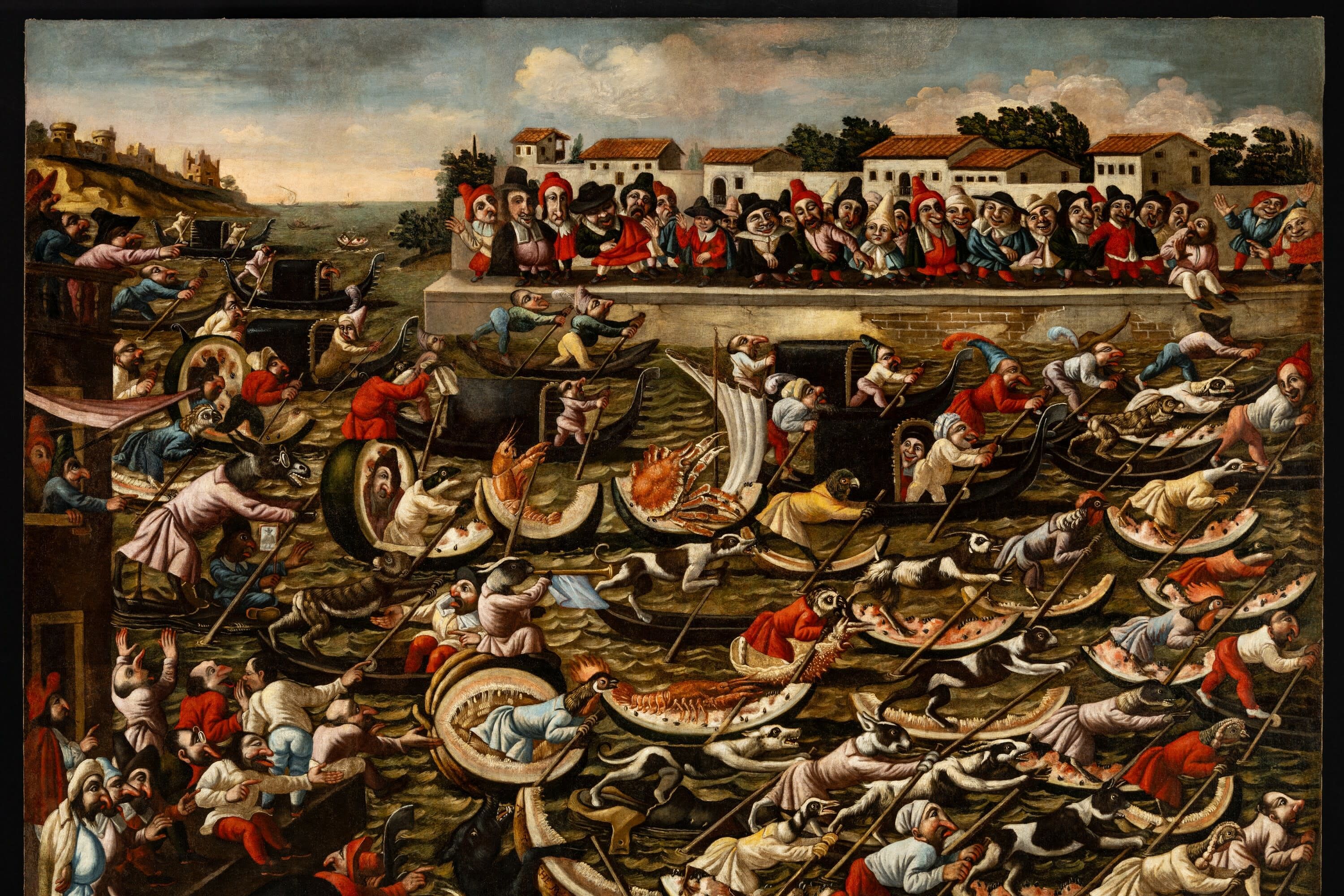From the Editor: Life Without Art

A scene from Under the Sun.
Image: Courtesy Icarus Films
In the current political climate, many of us want to learn more about that mysterious place called North Korea. A good place to start is with the 2015 documentary Under the Sun. I saw the film, which focuses on the life of Zin-mi, an 8-year-old girl in Pyongyang, while working on this issue about our cultural season, and that got me thinking about the intersection of politics, freedom and art.
Russian director Vitaly Mansky, whose parents grew up under a Communist regime, wanted to explore life in a repressive society. He convinced the North Koreans to let him make what they believed would be a propaganda piece showing that “the happiest people on earth live in this country,” as a voice declares as the film begins. But although North Korea demanded total control, writing the script, directing the actors and censoring the footage, Mansky, in a series of daring maneuvers, managed to tell the real story.
Counting on the North Koreans’ limited technical knowledge, he kept his camera running when they thought it was turned off, capturing the offstage manipulation of the government officials. At the end of each day, his crew copied the memory card—a tense, hurried process, with the threat of discovery always looming.
His camerawoman would hide that card in her clothing, and they’d give the original, after deleting objectionable scenes, to the censors. Mansky understood the risks he was taking; he’s said he lived in “constant terror,” even barricading his hotel room door at night. Now that we know what happened to the American student Otto Warmbier just for removing a poster from the walls of a North Korean hotel, the danger Mansky braved is clear.
The resulting film shows real-life glimpses of North Korea along with backstage scenes of the officials’ manipulation. It’s hard to decide which are more chilling. While immaculate, attentive children soak up their teacher’s rote, revisionist lessons about American “scoundrels,” Mansky cuts to a shot of their freezing classmates warming their hands on a heater. We watch a smiling Zin-mi practice a ballet for a government pageant—but we also see her teacher hector her when she collapses in exhaustion. “Do it with more joy!” the minders command a group of factory workers supposedly celebrating a day of record-breaking production. “Don’t forget to smile!”
Pyongyang looks as drab and foreboding as its citizen’s lives. The only art comes from enormous, omnipresent portraits of Kim Jong-Un and Kim Jong-il and the pageantry of political celebrations. Those pageants feature choreography of a precision and scale worthy of a Hollywood extravaganza, but the masses of brightly costumed performers wear their rigid smiles like a mask.
Most frightening of all, you come to realize there is nothing behind the masks. Mansky has filmed all over the world; never before, he’s said, did he encounter children who display no curiosity about how they look in the camera or people who didn’t ask simple questions about the filmmakers, “not even our names.” The North Korean people, he says, “have been stripped of any human traits.” Like the White Walkers in Game of Thrones, they’re zombies, so crushed by birth-to-grave oppression that, even in private, they have no private lives.
Mansky thought he would find in North Korea a replication of life under Stalin. Instead, he’s said, it’s much harsher. And for the director, the crucial difference is art. “In the Soviet Union, we had culture—theaters, libraries, films,” he told an interviewer. North Koreans have no access to any nonpoliticized culture and “no cultural memories.”
Mansky’s film shows why authoritarian regimes fear and stifle artistic expression. Little Zin-mi and her compatriots will never see it, of course. But she—and the film’s final, wrenching scene—haunt me.
In that scene, Zin-mi, stressed by the pressure of playing her idealized role, begins to cry. “Make her stop!” we hear an official say.
Someone urges her to think of something pleasant. “What?” she asks, baffled by the very idea. Finally, she begins to recite a propaganda poem about the Respected Leader. There’s nothing else this child, her feelings suffocated and her education warped, can draw upon for comfort.
It’s hard to think about that little girl, deprived of knowledge, individuality and maybe worst of all, imagination. In our comfortable lives, we tend to turn to art—like the shows we highlight in this issue—for entertainment. But as the making of this film reveals, art is also essential for freedom. It lets us shine a light on oppression, see the truth of our circumstances—and rise above them.



